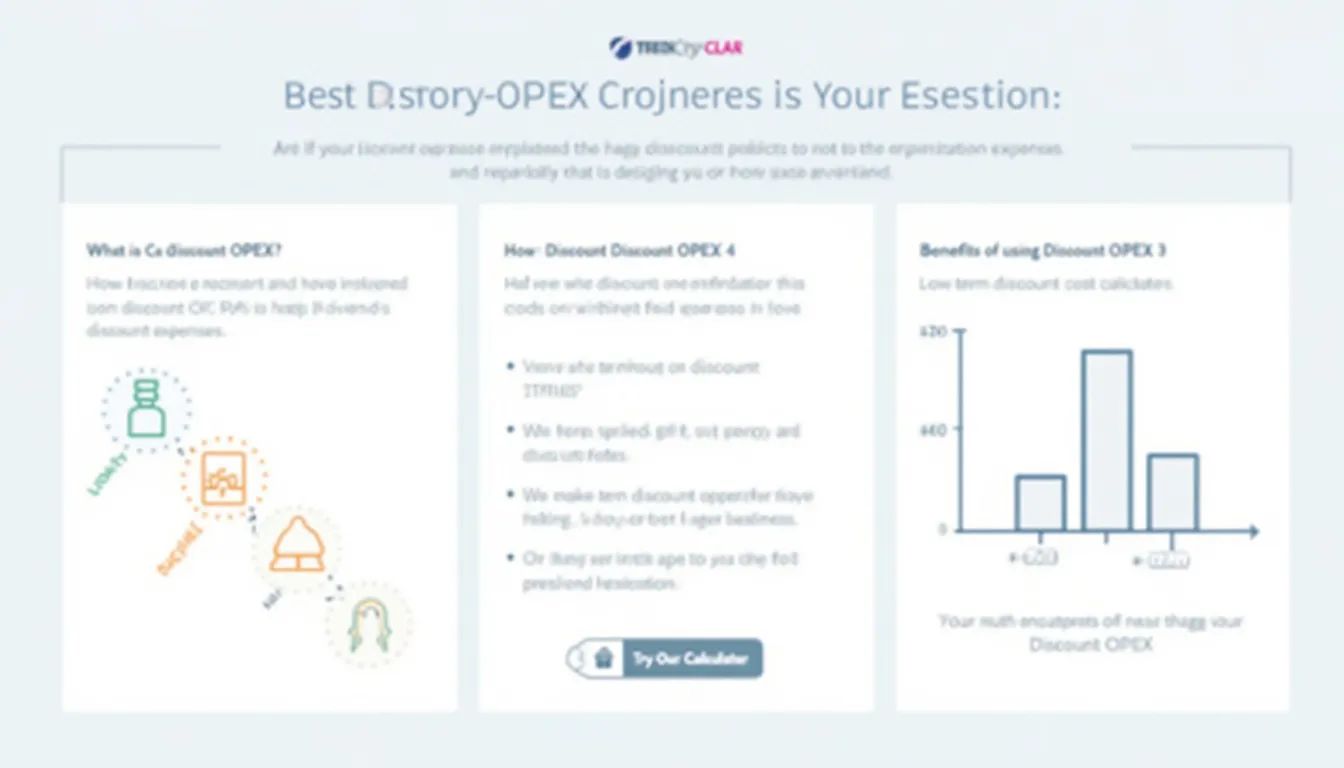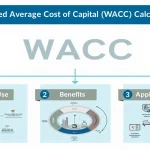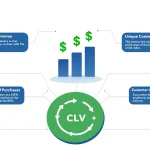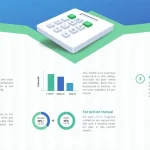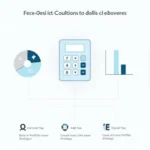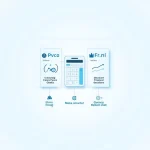Discount OPEX Calculator
Is this tool helpful?
How to Use the Discount OPEX Calculator Effectively
Our Discount OPEX Calculator simplifies the process of determining the present value of your future operational expenses. To get accurate results, follow these steps with example inputs:
- Enter Annual OPEX: Input your total annual operational expenses in USD. For example, you might enter $75,000 or $120,000 depending on your business scale.
- Specify WACC (%): Provide your Weighted Average Cost of Capital as a percentage. Example values include 8.5% or 12%, reflecting your financing costs.
- Set Project Lifetime (years): Enter the expected duration of your project horizon. Use values such as 7 years or 15 years to reflect mid- to long-term timelines.
- Calculate: Submit the inputs to quickly view your Discount OPEX result, revealing the net present value of your operational expenditures over the project lifespan.
This step-by-step approach ensures you harness the full potential of the tool for precise financial planning.
Introduction to the Discounted Operational Expenditure (Discount OPEX) Calculator
The Discount OPEX Calculator is a sophisticated financial tool designed to help businesses, investors, and financial analysts accurately assess the present value of future operational expenses. By factoring in the time value of money through the Weighted Average Cost of Capital (WACC), this calculator plays a crucial role in optimizing operational cost management and long-term budgeting.
Using this calculator allows you to:
- Estimate the true cost of ongoing operations by discounting future cash outflows to their present value.
- Compare investment opportunities and projects with varying lifetimes and cost structures on a consistent financial basis.
- Enhance budgeting accuracy by incorporating realistic assumptions about financing costs and project duration.
- Communicate financial projections effectively to stakeholders and investors with transparent data.
Key Benefits of Using the Discount OPEX Calculator
- Accurate Financial Forecasting: Incorporates the time value of money, ensuring cost projections reflect true economic value.
- Informed Decision-Making: Facilitates objective comparison of projects, improving investment quality.
- Risk Reduction: Highlights the financial impact of operational cost variations over time, supporting risk management.
- Resource Optimization: Helps allocate budgets and resources more effectively based on discounted costs.
- Financial Transparency: Provides clear, quantifiable metrics to support strategic discussions.
Example Calculation Using the Discount OPEX Formula
The calculation your inputs go through applies the standard discounted cash flow approach to operational expenses, governed by the formula:
$$\text{Discount OPEX} = \frac{\text{Annual OPEX}}{\text{WACC}} \times \left(1 – \frac{1}{(1 + \text{WACC})^{\text{Project Lifetime}}}\right)$$
Where:
- Annual OPEX is your yearly operational expenses in USD.
- WACC is the Weighted Average Cost of Capital expressed as a decimal (e.g., 0.085 for 8.5%).
- Project Lifetime is the duration over which you expect to incur these expenses, measured in years.
For example:
- If your Annual OPEX is $80,000, your WACC is 9% (0.09), and your project lifetime is 10 years, then:
$$\text{Discount OPEX} = \frac{80,000}{0.09} \times \left(1 – \frac{1}{(1 + 0.09)^{10}}\right) \approx 604,660.50 \text{ USD}$$
This result indicates the present value of all operational expenses over 10 years discounted at the given cost of capital.
Why Incorporate the Discount OPEX Calculator in Your Financial Planning?
Managing operational expenses effectively is critical for sustainable business success, and simply summing future costs does not provide an accurate picture. By using the Discount OPEX Calculator, you incorporate essential financial principles that:
- Reflect the opportunity cost of capital tied up in ongoing operational spending.
- Allow meaningful comparison between projects with different cost timelines and financing structures.
- Help prioritize investments with clearer insights into long-term cost impacts and profitability.
- Support comprehensive budgeting by anticipating future expenditure value in present terms.
Real-World Applications of the Discount OPEX Calculator
This tool is widely applicable across industries and financial contexts, including:
- Manufacturing: Assessing the lifetime operational costs of new machinery to decide the most cost-efficient options.
- Real Estate Development: Comparing the present value of maintenance expenses across different property designs or technologies.
- IT Sector: Evaluating long-term costs of on-premises vs. cloud infrastructure expenses.
- Renewable Energy Projects: Estimating the net present operational costs of solar, wind, or other clean energy investments.
- Healthcare Management: Planning budget allocation for equipment maintenance and upgrades over expected useful lives.
FAQs: Understanding and Using the Discount OPEX Calculator
Q1: What is WACC, and how do I find it?
Weighted Average Cost of Capital (WACC) is the average rate a company pays to finance its operations, incorporating both debt and equity costs weighted by their capital structure. To determine your WACC:
- Calculate the cost of equity, often using models like CAPM.
- Determine the cost of debt, based on loan or bond interest rates.
- Weight these costs according to the proportion of debt and equity financing.
- Sum the weighted components to get your overall WACC.
If unsure, consult financial advisors or your company’s finance department for precise numbers.
Q2: How does Discount OPEX differ from regular operational expenses?
Regular operational expenses represent nominal cash outflows incurred annually. Discount OPEX translates these future costs into today’s dollars by considering the time value of money, providing a more realistic financial perspective on long-term expenses.
Q3: Can this calculator handle projects with changing OPEX over time?
Our current model assumes a constant annual operational expense for simplicity and speed. For projects with fluctuating OPEX values year-to-year, consider using more advanced financial modeling tools or consult with a financial analyst for tailored analyses.
Q4: How often should I update my Discount OPEX calculations?
It’s best to refresh your calculations annually or whenever significant changes occur in your operational costs, financing conditions, or project duration. This practice helps maintain accuracy in your financial forecasts.
Conclusion: Unlock Strategic Insights with the Discount OPEX Calculator
Integrating the Discount OPEX Calculator into your financial toolkit empowers you to view operational expenses through the lens of modern financial theory, enhancing your organization’s strategic planning and cost management.
By accurately discounting future operational costs, you gain:
- Improved long-term budgeting and forecasting that align with real economic costs.
- Clearer comparisons of investment alternatives with differing cost timelines.
- More effective resource allocation fostering operational efficiency and profitability.
- Enhanced communication with stakeholders by providing transparent, quantifiable financial data.
- Time-efficient calculations that mitigate errors and free up valuable analysis time.
Begin optimizing your operational expenses today by leveraging the Discount OPEX Calculator for informed, data-driven financial decisions that shape the sustainable future of your business.
Important Disclaimer
The calculations, results, and content provided by our tools are not guaranteed to be accurate, complete, or reliable. Users are responsible for verifying and interpreting the results. Our content and tools may contain errors, biases, or inconsistencies. We reserve the right to save inputs and outputs from our tools for the purposes of error debugging, bias identification, and performance improvement. External companies providing AI models used in our tools may also save and process data in accordance with their own policies. By using our tools, you consent to this data collection and processing. We reserve the right to limit the usage of our tools based on current usability factors. By using our tools, you acknowledge that you have read, understood, and agreed to this disclaimer. You accept the inherent risks and limitations associated with the use of our tools and services.
